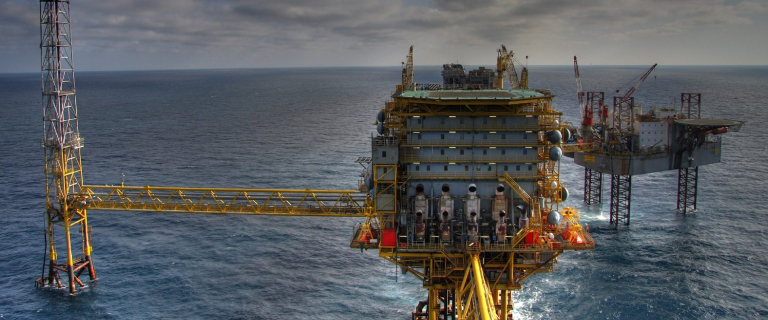From Texas to North Dakota, oil and gas opportunities are expanding and improving our dependency on foreign countries for our energy supply. The Gulf of Mexico, both shallow and deep water, are also playing a big role in the improvement of the U.S. becoming less dependent on other countries, such as Saudi Arabia, Iran, and Dubai. For instance, in 2011, the U.S. imported only 45 percent of liquid fuels used, down from 2005 which was the record high of 60 percent. During World War II, the Permian Basin was worked by roughnecks and was as the fuel pump for the Allies. The focus was primarily on shallow zones because of their easy accessibility. However, after 80 years of pumping oil, those regions are running dry. It has become necessary to drill deep into hard limestone using new technology. What are some of these new technologies? Fracking, sometimes called hydraulic fracturing, is the process of extracting natural gas from shale rock that is located in deeper depths. More recent advancements in technology are drilling horizontally (along with the traditional form of vertical drilling). This allows for highly pressurized tracking fluids to be injected into the shale areas. New channels are created within the rock where the natural gas is extracted from at higher than the older traditional rates. This process can take up to a month and drilling may go as deep as a mile.
Then the well is cased with cement for the groundwater’s protection, and the shale is hydraulically fractured with other tracking fluids and water. Fracking for oil has taken longer to develop because oil is made up of larger molecules than natural gas. Eventually new oil fields developed in not only South Texas, but Kansas, North Dakota, Ohio, Wyoming and Colorado. Drilling in the Gulf of Mexico has also increased with new technology. With new seismic technology and imaging, engineers have been able to predict the location and size of reservoirs once unable to be seen because of thick layers of salt. Also, manufacturing drill bits made out of extremely strong alloys to withstand the high pressures deep in the seabed and the hot temperatures have been beneficial to oil rigs in the Gulf. Another new technology benefiting the oil and gas industry is the 3-D passive seismic survey. This instrument is used to determine the hydrocarbon potential of areas unknown – and to identify if the area to be drilled has enough interest. One of the newest fields to be drilled is the Eblana #1 in Nevada and looks to be very promising with live light oil and sweet gas. The exploration of oil and gas in the United States looks to a bright future as we become less dependent on foreign oil. New technology will continue to be helpful with not only finding oil and gas, but also in drilling costs and transportation.

